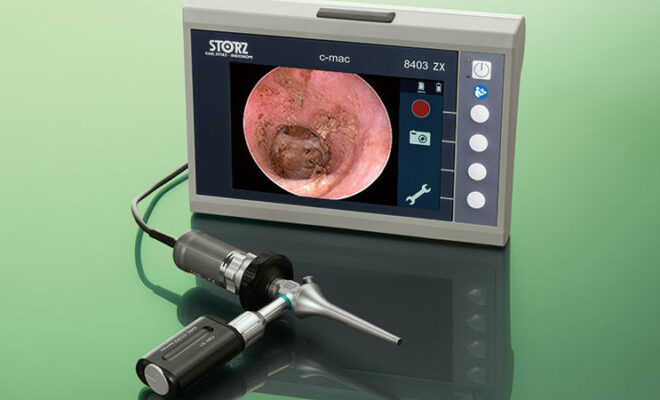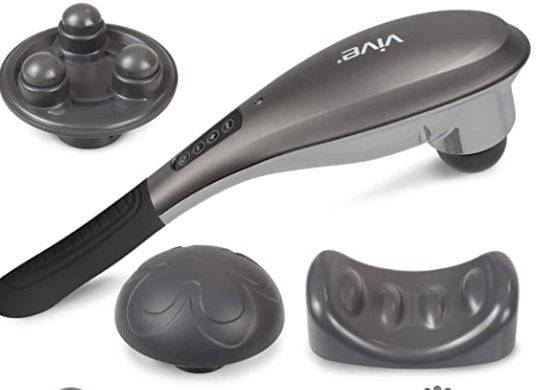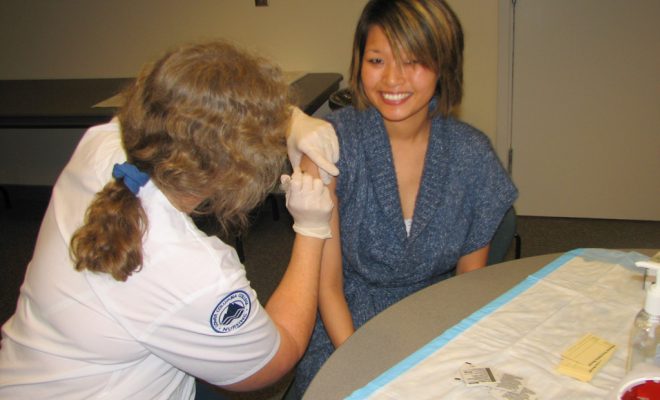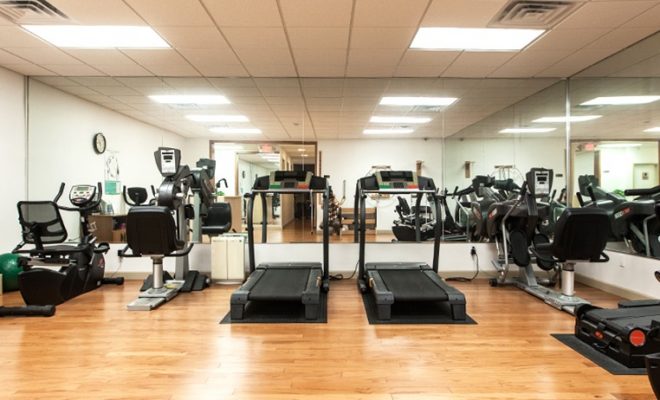The Advantages Of Using An Endoscope

An endoscope is camera-equipped equipment that is generally thin and tubular. An endoscope is a device that allows us to look within our bodies. Doctors utilize it to examine patients’ bodies. It can enter the body through the nose, mouth, or other openings. Hence, endoscopy is the term for this procedure. Cannulas are thin tubes put into our veins or other bodily cavities for fluid administration, drug administration, oxygen supply, and other uses. Endoscope cannula is designed to keep the endoscope tip safe from the surrounding structures. Enables the endoscope to be utilized for both viewing and retraction simultaneously. On the surgeon’s non-dominant arm, a solitary port for drainage and suction is implanted.
Here are some advantages of endoscopy
- It enables medical professionals to make a diagnosis.
Endoscopy is a procedure that is used to identify gastrointestinal system problems. Ulcers, bleeding, gluten intolerance, obstructions, inflammation, and tumors can all be detected during an endoscopy. It can assist in diagnosing symptoms such as heartburn, abdominal discomfort, bleeding, nausea, vomiting, and pain that are not explained. An endoscope is more effective than gastrointestinal X-rays for identifying abnormal growths like cancer.
- Conditions are treated with endoscopy.
Endoscopy is a procedure used to diagnose and treat digestive issues. If specific problems are discovered during the treatment, they may typically be treated simultaneously. Your gastroenterologist can use the endoscope to transmit specific instruments through the participant’s digestive tract to address problems, including removing a foreign item, enlarging a tight esophagus, or cutting off a polyp.
- An endoscopy is a relatively painless operation.
An endoscopy is a relatively painless operation. It’s one of the safest medical treatments, with a minimal chance of complications. Sedation issues, bleeding, infection, and perforation are all uncommon risks, albeit usually linked to pre-existing disorders.
- An endoscopy is an effortless operation.
An endoscopy is an effortless operation. A 20-minute upper endoscope is required. You will be conscious throughout the operation; however, you will be given a tranquiliser to help you rest before the test. After the treatment, you will spend 30 to 40 minutes in the recovery room. After that, someone will have to drive you home.
- Endoscopies are typically painless.
An endoscopy is not anything to be afraid of. Following the surgery, most people only suffer moderate discomfort, comparable to a sore throat or indigestion. A local anesthetic may be used to numb a specific part of your body. Acetaminophen is safe to use for minimal pain following the treatment.
- An endoscopy is a relatively painless operation.
An endoscopy is a relatively painless operation. It’s one of the cleanest medical treatments, with a minimal chance of complications. Sedation issues, bleeding, infection, and perforation are all uncommon consequences, even though they are usually connected with pre-existing illnesses.
In conclusion, endoscopy is an excellent procedure to help diagnose any gastrointestinal system problems. The doctor views photographs of your gastrointestinal tract on a monitor or TV using an endoscope, a narrow tube with a lens and light connected to it.







